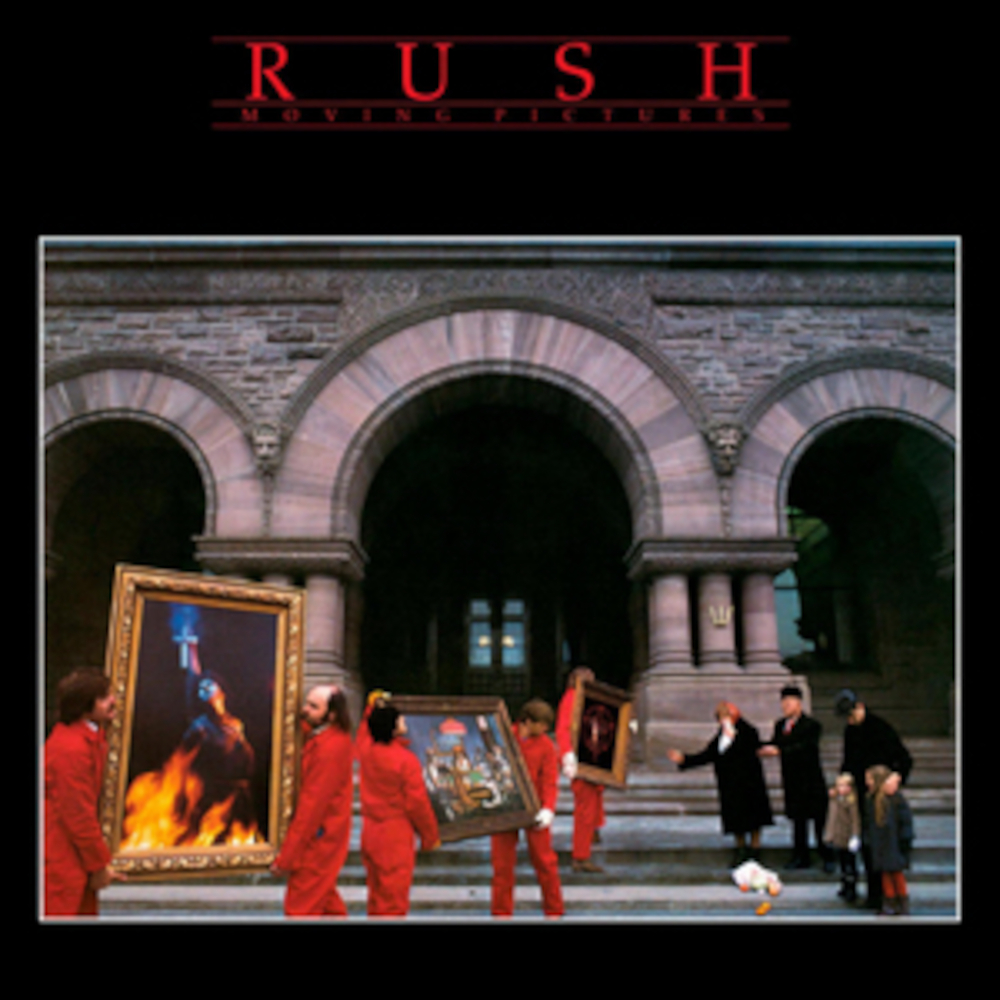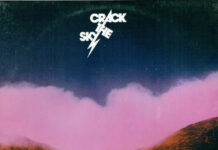The Toronto-based power trio, RUSH, was one of the most iconic prog outfits of all time, without a doubt. With a career spanning 40 years, during which the band released twenty studio albums boasting musical diversity that very few can match, RUSH must have also been one of the most annoying prog trios ever. Let me elaborate. I don’t think anyone in their right mind has ever doubted the incredible musical talent of these three Canadians. It’s just that some of us cannot stand the extensive range of Geddy Lee‘s singing voice, especially on some of those early albums. RUSH seemed to be one of those bands that you either loved fiercely or hated with vehemence. With the band coming of age in this new millennia, things maybe changed a bit in this respect but back in the day, there seemed to be no in-between. I should know because I was one of those prog snobs who found Lee‘s helium-pitched vocals too much to bear for years – until one album changed everything. It took me more than 10 years to finally convert to the parish of RUSH fans; I discovered the band’s awesomeness at an older age. The music suddenly sounded way too good to let my judgement be clouded any longer by some old prejudice I had cultivated in adolescence. In a way, the album that served as the turning point still sounds almost as though having been written with a hidden agenda of converting stuck-up elitists like me to surrender and begin to like the band. The album was the band’s 1981 release, “Moving Pictures,” which originally came out via Anthem Records. It is widely regarded as one of the landmark prog records of all time. Eventually, upon listening to it time and time again, I found that Geddy Lee‘s vocals weren’t that bad after all. I cannot say whether it is the best RUSH album ever released but it is definitely an album that stands out in the band’s back-catalog for a number of reasons. On this album, these three musketeers forayed further into the new-wave aesthetics of the era, continuing the novel approach set in motion on their previous 1980 outing, “Permanent Waves.” The search for a bit more radio-friendly prog format after years of grandiose prog epics and utopian fantasies gave birth to seven RUSH classics, four of which are still regularly featured on radio. That says a lot.

The album opens with the band’s best-known song, “Tom Sawyer,” which was the mainstay of all RUSH concert tours ever since its release. It is the very song that defined the band. It features all the signature elements of RUSH in the 1980s: spectacular drumming by Neil Peart, one of the best guitar solos Alex Lifeson has ever pulled, and Geddy Lee‘s groovy basslines – plus the added bonus of some new-wave synths! In terms of lyrics, the song is obviously inspired by the book by the same name, written by the American author, Mark Twain. I have not read the novel but the song paints a picture of a modern-day kid with a rebellious spirit. In a somewhat befitting manner, the rebellious TV cartoon, South Park, has paid homage to these Canucks so splendidly that the creators of the show even made an exclusive short animation which the band used as the opening for the song, for instance, on the Snakes & Arrows Tour in 2007. If I were to introduce the band to someone who has never heard a single note from them, “Tom Sawyer” would be my go-to song. It is the epitome of the band’s so-called “radio-friendly” era. The band managed to squeeze a whole prog universe into four and a half minutes without compromising the very essence of its art.
While the album opener may have seemed like a subtle departure from the band’s eclectic lyrical motifs that used to draw heavily on science fiction, on the following track, “Red Barchetta,” the band adjusted its course back to familiar waters. The song was inspired by the futuristic short story, A Nice Morning Drive, written by Richard Foster, portraying a future where people would deliberately seek to crash their cars into smaller vehicles for fun. The song title refers to the type of vintage sports car that sports two seats and no roof of any kind. As it happened, Neil Peart‘s favorite car was the 1948 Ferrari 166 MM, “Barchetta.” In terms of music though, the band does not look back too wistfully to its overly progressive past on this track but rather draws on the AOR and hard-rock aesthetics of the era, throwing only subtle hints of prog in our way through an onslaught of syncopated accents.
When it comes to iconic song intros, the opening bars of the track “YYZ” are among the very best, and quite rightly so. The title refers to the transmitter code for Toronto’s International Airport and the intro riff is syncopated to the Morse code for “YYZ.” The song is an instrumental that balances the scales back toward progressive rock. It was nominated for a Grammy in the Best Rock Instrumental category in 1982 but it lost to the song, “Behind My Camel,” by THE POLICE. The annals of popular music have since certified that ruling to have been quite an ill-advised faux pas at best.
People born in the age of CDs and mp3s probably have no idea of the significance of compiling a haunting vinyl side. “Moving Pictures” is one of the paradigm examples of how to do it properly. The first half rocks so perfectly that you simply want to listen to them on repeat and drop the needle back on the first track every time the side rolls to an end. That is not to say the songs on the B-side aren’t good, they are sure to rock the speakers, but the first four tracks are so sublime that you kind of wish the modern CD players had an option to group songs to be played on repeat. Of course, with a computer it’s a no brainer.
This album was an instant commercial success, reaching number one in Canada and number three in the United States and the United Kingdom and still, 30 years after its release, it really kicks ass. It stands as a glorious monument for the greatest prog outfit ever to emerge from Canada.
Written by Jani Lehtinen
Tracklist
- Tom Sawyer
- Red Barchetta
- YYZ (instrumental)
- Limelight
- The Camera Eye
- Witch Hunt
- Vital Signs
Lineup
Geddy Lee – bass, keyboards, bass pedals, vocals
Alex Lifeson – guitars, Moog Taurus pedals
Neil Peart – drums, percussion
Label
Anthem Records





